What is FRP lighting tile ?
FRP lighting tile is the full name of fiberglass reinforced polyester (FRP lighting board) , and its English name is Fibreglass Reinforced Polyester, commonly known as FRP, also known as transparent tile. It is a skylight material used in conjunction with steel structures, mainly composed of high-performance upper film, reinforced polyester and glass fiber. Among them, the high-performance upper film plays a key role in anti-ultraviolet and anti-static. The anti-ultraviolet function can prevent the polyester component of FRP skylight tile from yellowing and aging, and avoid premature loss of light transmission properties; the anti-static function ensures that the dust on the surface is easily washed away by rain or blown away by the wind, maintaining the cleanliness and beauty of the surface.
The principle of FRP lighting tiles
The principle of FRP lighting tiles is based on the characteristics of glass fiber reinforced plastic matrix composite materials. Glass fiber has high strength and good tensile properties, while polyester resin is used as a matrix material to bond glass fibers together to form a composite material with a certain shape and strength. When light shines on the FRP skylight tiles, the high-performance upper film first resists ultraviolet rays to reduce its damage to the polyester resin, while ensuring the stability of the light transmission performance of the skylight tiles. Due to the uniform distribution of glass fibers and the optical properties of polyester resin, the light is scattered in the skylight tiles, making the light passing through the skylight tiles diffuse and soft, reducing the stimulation of glare to the human eye. In addition, the skylight tiles are designed based on the emission principle of direct light. Outdoor direct light is reflected by the skylight tiles to the indoor ceiling through the smaller upper window opening. After scattered reflection by the ceiling, it evenly illuminates the farther away from the window. While improving the uniformity of indoor lighting, it can also play an external sunshade role to a certain extent, which is conducive to improving the thermal comfort near the window and reducing the air conditioning load.
The classification of FRP lighting tiles
l Economical type : The price is relatively low and can meet general lighting needs. It is suitable for construction projects that do not have particularly high requirements for the performance of lighting tiles and have a relatively limited budget, such as some simple warehouses, temporary sheds, etc.
l Weather-resistant type : Special anti-aging agents and UV absorbers have been added, etc. It has excellent weather resistance and can maintain good performance under various harsh climatic conditions, such as long-term exposure to sunlight, wind and rain, severe cold and heat, etc. It has a long service life and is often used in outdoor buildings, agricultural vegetable greenhouses and other places that need to be exposed to the natural environment for a long time.
l Heat-insulating type : Through special structural design or adding heat-insulating materials, it has good heat-insulating properties, can effectively block the heat conduction in the sun, reduce the rise in indoor temperature, and achieve energy saving and consumption reduction. It is suitable for buildings with high requirements for heat insulation, such as high-temperature workshops in industrial plants and places with strict indoor temperature control.
l Flame retardant type : Made of flame retardant materials, it is difficult to burn when exposed to fire, will extinguish itself when away from fire, and does not produce molten droplets during the combustion process, which can effectively reduce casualties and property losses in the event of a fire. It is mainly used in industrial production plants with flammable and explosive risk operations, large shopping malls, sports exhibition halls, and other steel structure buildings with special fire protection requirements. Roofs and lighting areas.
l Anti-corrosion type : It has excellent corrosion resistance and can withstand the erosion of various chemical substances, such as acid, alkali, salt, etc. It is suitable for use on building roofs in highly corrosive environments such as chemical workshops, electroplating plants, and fertilizer plants.
Features of FRP lighting tiles
l High light transmittance and soft light : FRP lighting tiles have a high light transmittance, which can effectively block most ultraviolet rays while evenly introducing natural light into the room, making the indoor light soft, without obvious light spots, and without a glaring feeling, which is conducive to improving indoor visual comfort and reducing visual fatigue caused by light problems.
l Strong impact resistance : It has super strong impact resistance, can withstand the impact of wind, snow, hail, etc., is not easy to break, and can avoid phenomena such as nail hole cracking and leakage caused by external force impact, providing reliable protection for the building and ensuring the normal use of the building.
l Good temperature adaptability : In the temperature range of -40℃ to 120℃, the performance is stable, and there will be no problems of high temperature softening and high cold brittleness. And it can also be designed into a double-layer structure to further improve the insulation effect, especially suitable for buildings such as farms in the cold northern regions, which can effectively maintain indoor temperature in winter and reduce energy consumption.
l Reliable flame retardant performance : Although it is a flammable material, it can burn quickly and exhaust the indoor smoke when a fire occurs, reducing casualties in the fire. At the same time, no molten droplets are produced during the combustion process, which can effectively protect the safety of on-site personnel and meet relevant building fire safety standards.
l Excellent corrosion resistance : It has good tolerance to chemical substances such as acids and alkalis, and can be used for a long time in places with corrosive environments such as chemical industry and electroplating. It is not easily damaged by corrosion, which greatly extends the service life of the building and reduces maintenance costs.
l Easy to clean and maintain : The surface is smooth, dust and other dirt are not easy to adhere to, and the anti-static property makes the dust easily washed away by rain or blown away by wind. It is easy to clean daily, no special care is required, and it can maintain long-term cleanliness and beauty.
Application areas of FRP lighting tiles
l Industrial plant : It is widely used in industrial plant roof and wall lighting, which can provide sufficient natural light for the workshop and improve the working environment. At the same time, its corrosion resistance and impact resistance also meet the use requirements of industrial plants, such as machinery manufacturing, electronic production, food processing and other types of industrial plants.
l Agriculture : It is widely used in heat preservation and lighting of agricultural vegetable greenhouses. The light transmission performance of the lighting tile can meet the light demand of plant photosynthesis, and its heat preservation performance helps to maintain the temperature in the greenhouse stable, creating a good environment for the growth of crops. In addition, it can also be used in agricultural facilities such as flower planting greenhouses and farms.
l Public sports stadiums : Roof lighting used in public sports stadiums can create a bright and open indoor space, allowing athletes and spectators to carry out activities and watch games under natural light, enhancing the experience. At the same time, its aesthetics and durability are also in line with the architectural style and long-term use requirements of the sports stadiums.
l Commercial buildings : In commercial buildings such as shopping malls, supermarkets, and shopping centers, FRP skylights can be used for roof or atrium lighting, introducing natural light to create a comfortable shopping environment while reducing artificial lighting energy consumption and lowering operating costs.
l Other buildings : It can also be used in warehouses, stations, docks, airports, civil buildings and many other lighting fields. In warehouses, it can improve internal lighting and facilitate the storage and handling of goods; in transportation hub buildings, it can provide sufficient light for the indoor space and enhance the sense of transparency of the space; in civil buildings, it can be used for the skylights of villas and residential areas to increase the beauty of the building and the comfort of living.
FRP lighting tile production process
l Raw material preparation : Select high-quality unsaturated polyester resin, high-performance film material, alkali-free glass fiber mat, glass fiber fabric or short-cut fiber as raw materials. Among them, unsaturated polyester resin as the matrix material determines the basic performance of the skylight tile; high-performance film needs to have good UV resistance and anti-static properties; glass fiber provides strength and rigidity for the skylight tile.
l Resin impregnation : Impregnate glass fiber mat, fabric or chopped fibers in unsaturated polyester resin to allow the resin to fully penetrate into the interior of the glass fiber, ensuring that the two are closely combined to form a composite material blank with certain strength and toughness.
l Molding : The mechanized continuous molding process is used to mold the glass fiber material impregnated with resin through a specific mold. Common molding methods include compression molding, pultrusion molding, etc. During the molding process, reinforcing ribs can be set in certain parts as needed, or sub-fiber can be used on the surface for reinforcement to improve the rigidity of the skylight tile.
l Film treatment : A high-performance film is applied to the surface of the formed skylight tile. Through a specific process, the film is firmly combined with the skylight tile substrate to exert its anti-ultraviolet and anti-static functions.
l Curing treatment : Curing treatment is performed on the skylight tiles after forming and coating, so that the unsaturated polyester resin is fully cross-linked and cured, and the strength and stability of the skylight tiles are improved. Generally, heating curing or room temperature curing is adopted, and the curing time and temperature are controlled according to the specific resin formula and process requirements.
l Quality inspection : The produced FRP skylight tiles are subjected to quality inspection, including appearance inspection (such as whether the surface is smooth and flat, whether there are bubbles, cracks and other defects), performance inspection (such as light transmittance, strength, impact resistance, corrosion resistance, etc.), to ensure that the product quality meets the relevant standards and customer requirements.
l Cutting and packaging : According to customer needs, the qualified skylight tiles will be cut into corresponding sizes and then packaged for transportation and storage.
Market status of FRP lighting tiles
At present, the FRP skylight tile market presents a relatively active trend. With the continuous improvement of the construction industry's requirements for energy conservation, environmental protection, and lighting effects, the market demand for FRP skylight tiles continues to grow due to its excellent performance. In the field of industrial construction, because it can meet the needs of industrial plants for lighting, corrosion resistance, impact resistance, etc., it is widely used and has a large market share. In the fields of agriculture and commercial construction, FRP skylight tiles are also gradually being used more and more, and the market prospects are relatively broad. There are many manufacturers of FRP skylight tiles on the market, and the quality of their products varies. Some large enterprises have an advantageous position in the market competition with advanced production technology, strict quality control system and good brand reputation. Their products are not only supplied to the domestic market, but also exported to foreign countries. Some small enterprises mainly compete with low prices, and their product quality is relatively unstable. At the same time, with the improvement of consumers' requirements for product quality and performance, and the increasingly stringent standards such as environmental protection and safety, the market demand for high-quality and high-performance FRP skylight tiles is gradually increasing, and the market space for low-end products is squeezed to a certain extent.
The future development trend of FRP lighting tiles
l High-performance development : With the continuous advancement of science and technology and the upgrading of market demand, FRP skylight tiles will develop towards higher performance. R&D personnel will be committed to further improving its light transmittance, UV resistance, weather resistance, thermal insulation, flame retardancy, etc., to meet the higher requirements for skylight tiles in different fields and environments. For example, developing new raw materials and production processes, so that skylight tiles can better block ultraviolet and infrared rays while maintaining high light transmittance, achieving better thermal insulation and energy saving effects.
l Green and environmental protection : In the context of global advocacy of green and environmental protection, the production of FRP skylight tiles will pay more attention to environmental protection. On the one hand, environmentally friendly raw materials are used to reduce environmental pollution during the production process; on the other hand, the recyclability of products is improved to reduce resource waste. For example, degradable resin materials or recyclable glass fibers are developed so that skylight tiles can be properly handled after their service life ends, reducing negative impacts on the environment.
l Customized service : In order to meet the personalized needs of different customers, FRP skylight tile companies will pay more attention to providing customized services in the future. Customized production will be carried out according to customers' special requirements for the size, shape, color, performance, etc. of skylight tiles. For example, personalized skylight tile design and manufacturing services are provided for some projects with unique architectural styles to better integrate them into the overall building.
l Intelligent development : With the development of the Internet of Things and intelligent technology, FRP daylighting tiles are expected to be combined with intelligent systems. For example, the development of daylighting tiles with intelligent dimming functions can automatically adjust the light transmittance according to the indoor and outdoor light intensity, achieve more accurate daylighting control, and further improve energy efficiency. Or connect with the building intelligent control system to monitor the use of daylighting tiles in real time, and promptly discover and deal with potential problems.
l Expanding application areas : In addition to existing industrial, agricultural, and commercial applications, FRP skylight tiles will continue to expand into new application areas. For example, in the field of new energy, they can be used as lighting covering materials for solar power stations; in the field of marine engineering, they can be used for lighting facilities in offshore platforms and other buildings due to their corrosion resistance. With the continuous expansion of application areas, the market size of FRP skylight tiles will further expand.









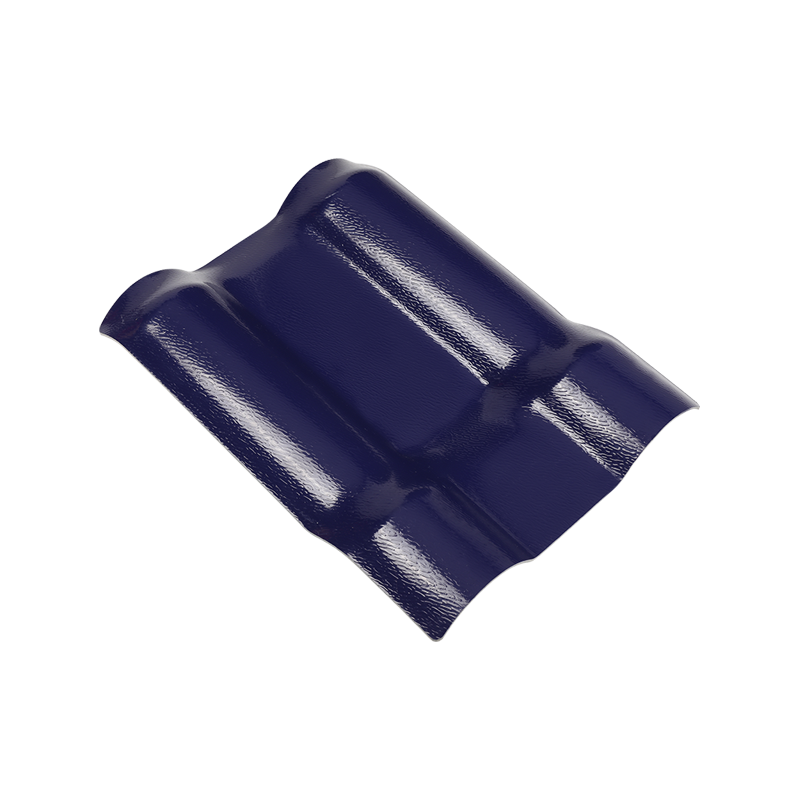
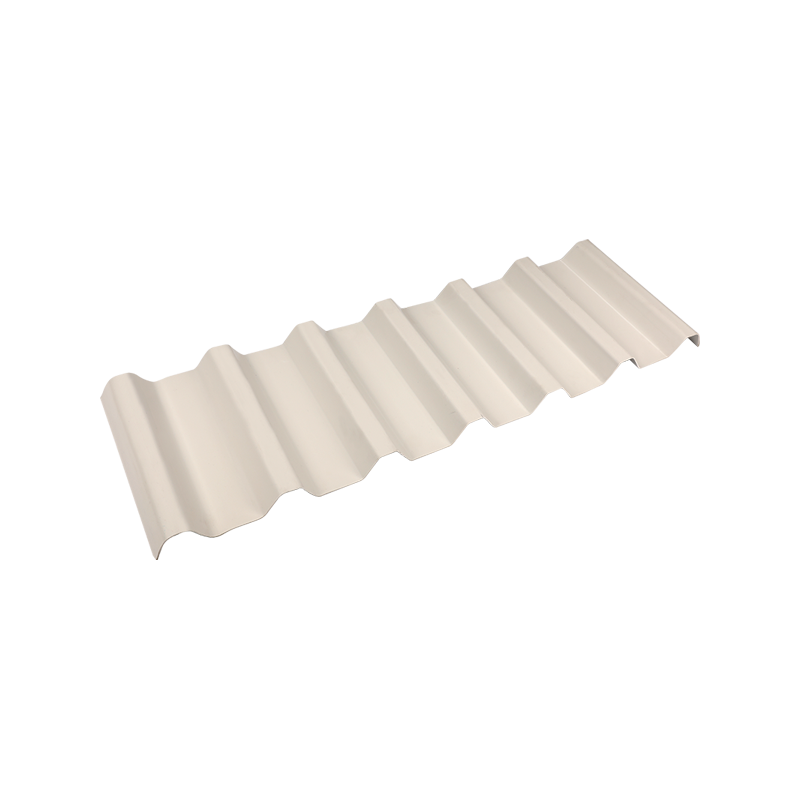
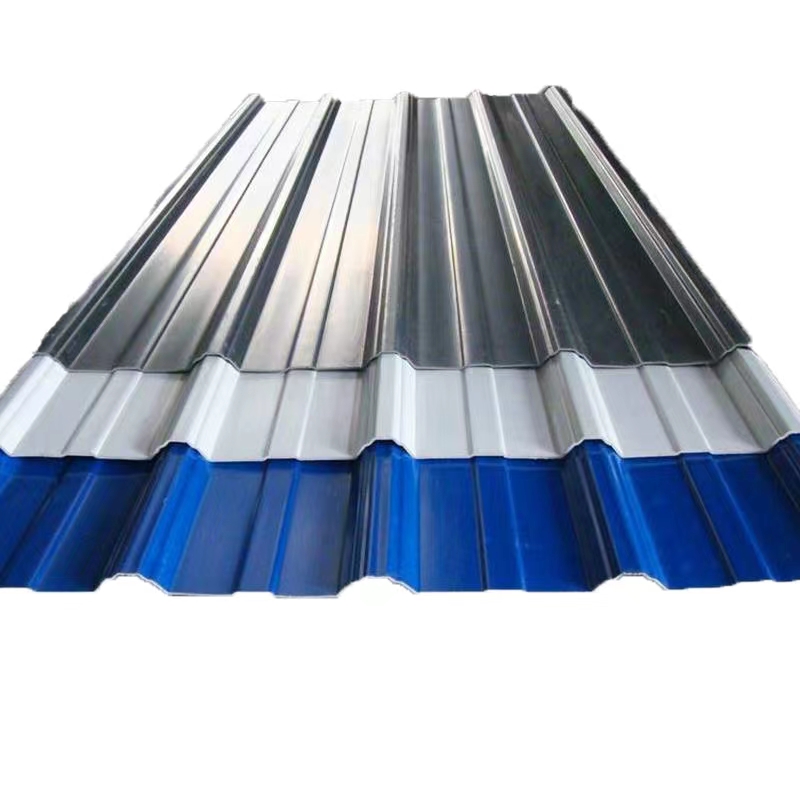
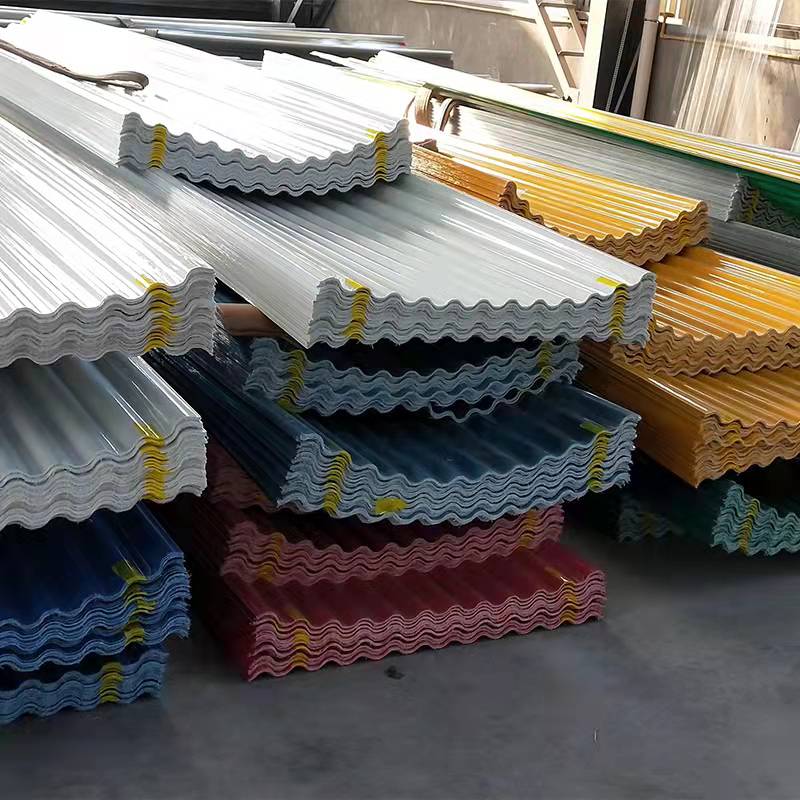
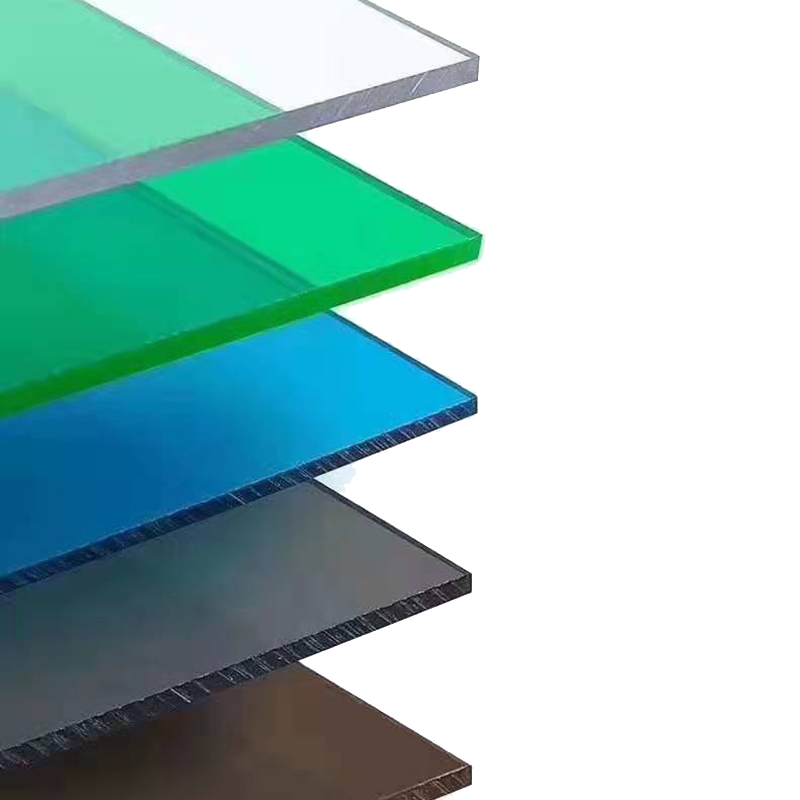
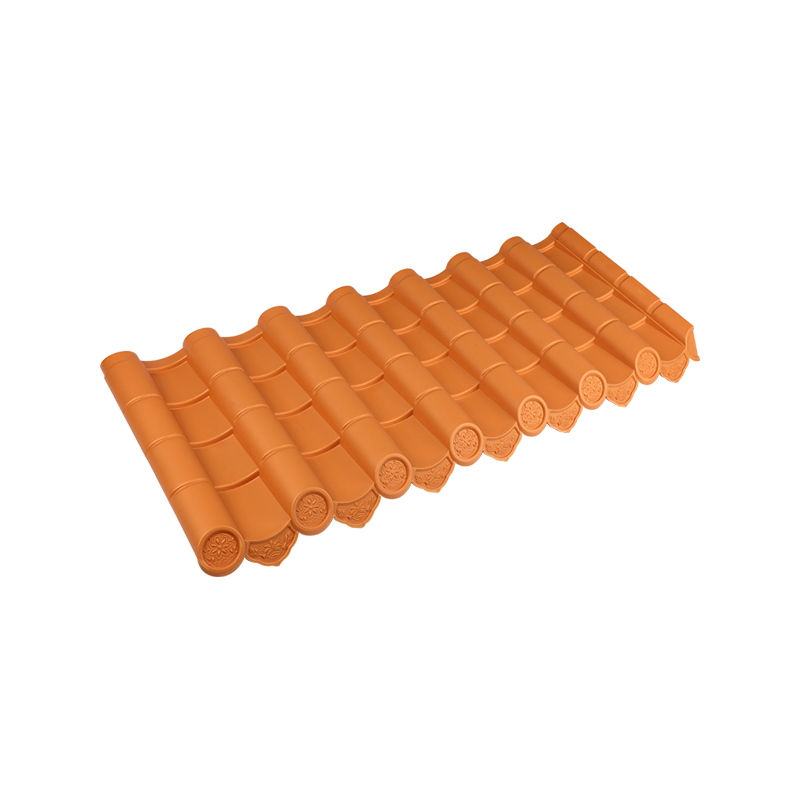
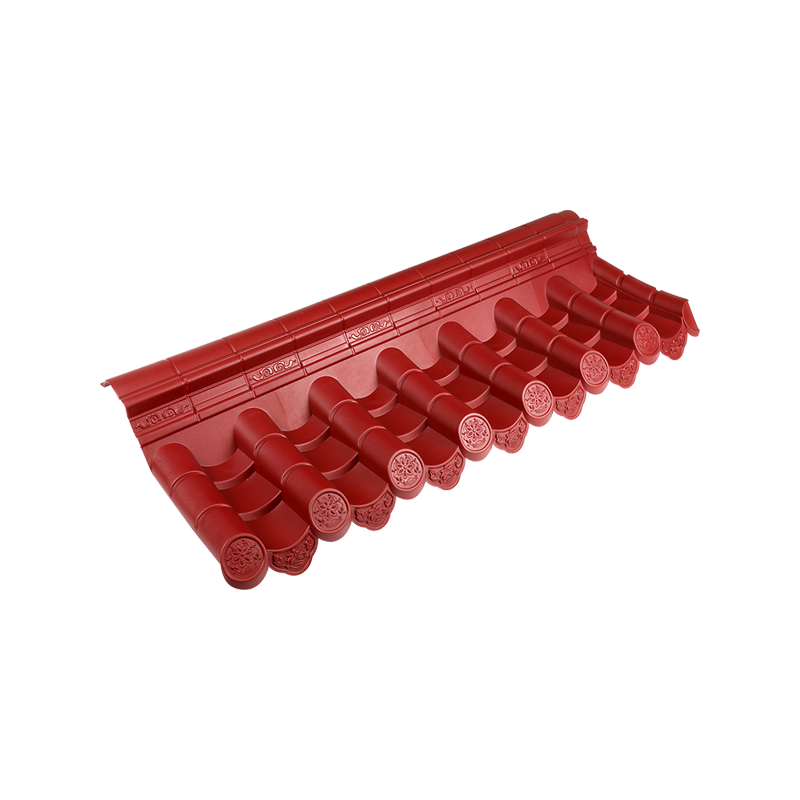


 Email:
Email: Phone:
Phone: Adress:
Adress: